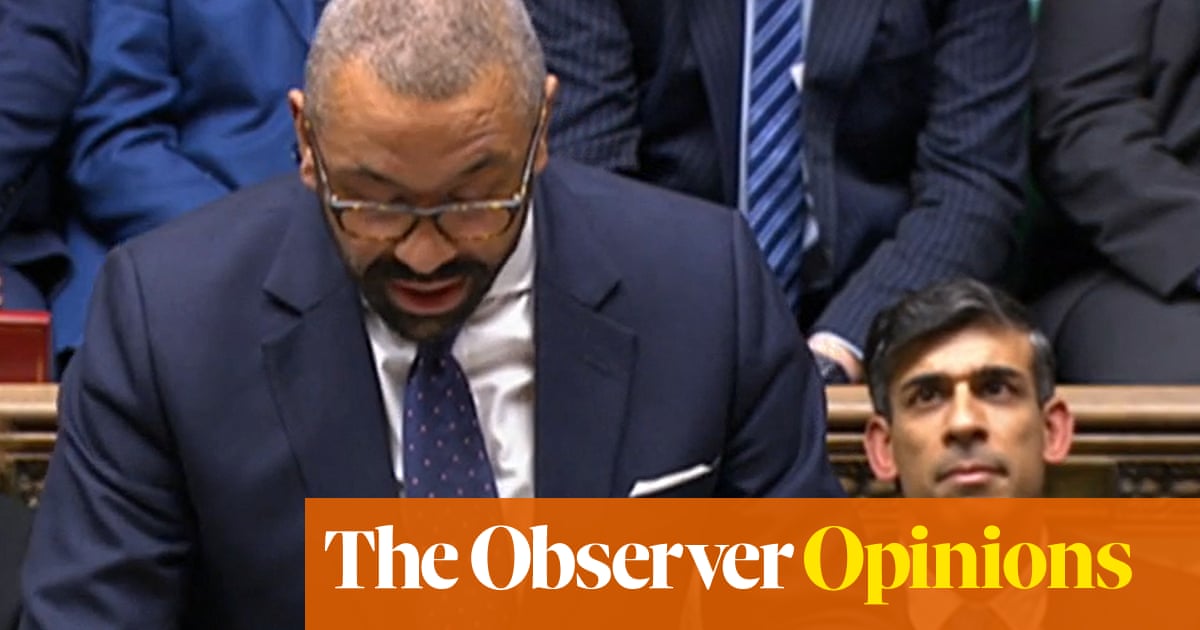
LONDON (Reuters) - The greening of the planet should mean fewer dollars need to be held in reserve around the world and may fuel persistent doubts about the greenback’s future as the dominant world currency.
In the realm of investment megatrends, an accelerating drive to renewable and sustainable energy and a long-forecast but slow decline in dollar hegemony are among the biggest.
But it’s possible serious movement on the former could pressure the latter too as ‘petrodollars’ banked from the windfalls of oil exporting nations wane in favour of more localised and sustainable energy sources.
The push toward clean energy - catalysed by the COVID-19 pandemic and the climate concerns and green priorities of new U.S. President Joe Biden - reinforces the International Energy Agency’s forecast of peak oil demand within the next decade.
Under a scenario of a surge in clean energy policies along with adherance to the Paris Agreement on arresting climate change, the IEA sees world oil demand falling by more than quarter in less than 20 years.
If dollar-denominated oil usage declines in favour of home-produced wind, solar or hydro energy sources, then the swelling pool of global petrodollars recycled and invested by the world’s big oil producers since the end of the gold standard in the 1970s may drain with it.
Chris Iggo, Axa Investment Managers’ Chief Investment Officer for Core Investments, reckons the renewables push can neutralise the largely pernicious political and inflation volatility associated with the global oil trade and its reliance on a small group of producing countries - shifting toward a system of cheaper and more locally produced sources of energy.
“Politics can interfere in the supply of the technology and capital needed to exploit renewable energy, but nobody can control the sun and the wind,” he told clients.
Iggo reckons the central role of the dollar changes in that too.
“The more dispersed - and more local - nature of renewable energy production will mean less reliance on a single currency,” he wrote. “The ‘petrodollar’ is a thing of the past and the need for certain currencies to be pegged against the dollar will disappear.”
Graphic - Dollar reserve status and oil prices:
The exchange rate impact is hazier than it seems but there may be other serious implications.
The petrodollar system that started in the 1970s largely hinged on recycling oil revenues directly or indirectly from mostly poor and developing Middle Eastern countries back into U.S. dollar deposits and debt securities - often via large financial centres such as London.
That in part gave rise to the offshore Eurodollar markets and pools of global dollar liquidity that fueled the Eurobond market in the 1980s - and everything from banking to private equity to tech startups since.
But it mainly enhanced America’s ability to run large international deficits cheaply for decades - an oft-criticised ‘exorbitant privilege’ of printing the world’s reserve currency and ‘numeraire’ for world energy and commerce.
And the big oil producers continue to underwrite hundreds of billions of dollars of U.S. government debt - even if the United States itself is no longer a net importer.
The most recent U.S. data from November last year shows Saudi Arabia, Norway and the United Arab Emirates alone hold more than a quarter trillion dollars of $7 trillion Treasury securities held overseas, even if last year’s oil price plunge cut that by more than $50 billion over the preceding 12 months.
Add all oil producers and indirect custody holdings and the number may well be twice that.
That said, these numbers pale against more than $2 trillion in Treasuries held by oil importers Japan and China - or indeed the $4 trillion amassed by the Federal Reserve itself in pandemic-easing bond buying. And so the influence of petrodollars on U.S. borrowing costs has been watered down considerably - at least while the Fed is in support and owning a quarter of the market.
Another way of looking at the scale of petrodollars sloshing around the world is the size of sovereign wealth fund holdings. Sovereign funds from the Middle East and Norway more than doubled over decade to 2019 to more than $4 trillion.
But these have been diversified far and wide and this is where exchange rate and global market effects of reduced windfalls get more complicated.
There may be less natural demand for dollars in a less-oil dominated world - with significant reserve holding consequences. But the brimming of petro coffers around the world has filled all currencies for two decades.
Huge swings in oil prices over the past 12 years have been inversely correlated with the dollar’s exchange rate value against European currencies in particular. That proved true again though the pandemic shock and recovery over the past year.
According to a New York Fed paper from 2019, this correlation only emerged after 2000 when the Middle East and North Africa region turned from the net current account deficits of the 1980s and 1990s to a surplus as oil prices climbed.
As surpluses ballooned with rising oil prices thereafter, so did the marginal volume of wealth diversified to Europe and European currencies - and vice versa during oil price swoons.
Whether waning need for petrodollars worldwide over the next couple of decades undermines oil exporter surpluses and the oil/dollar correlation remains to be seen.
The author is editor-at-large for finance and markets at Reuters News. Any views expressed here are his own.












